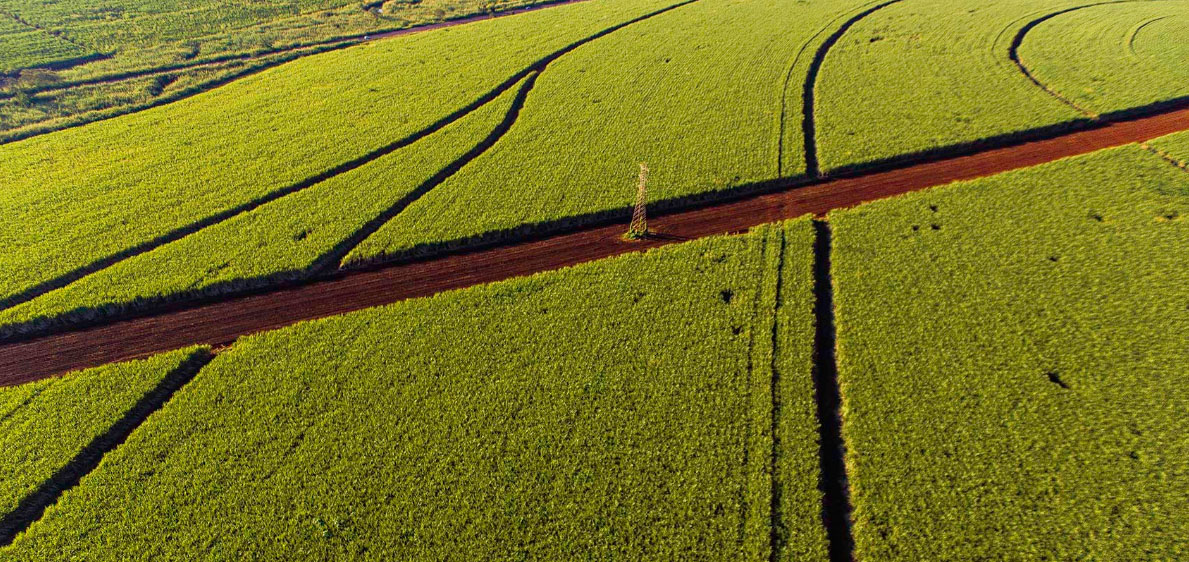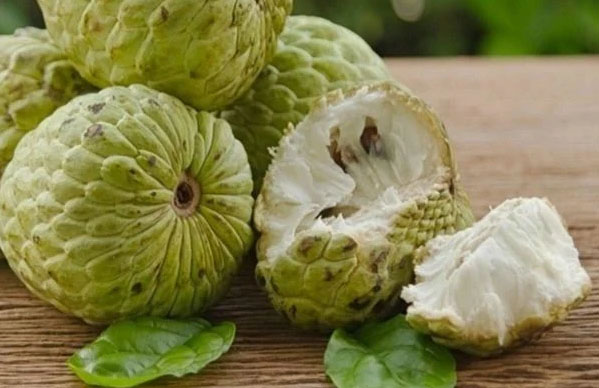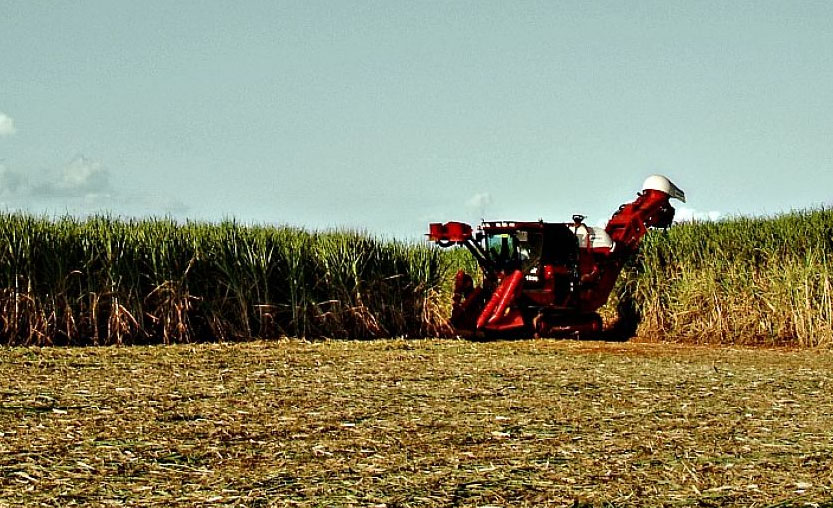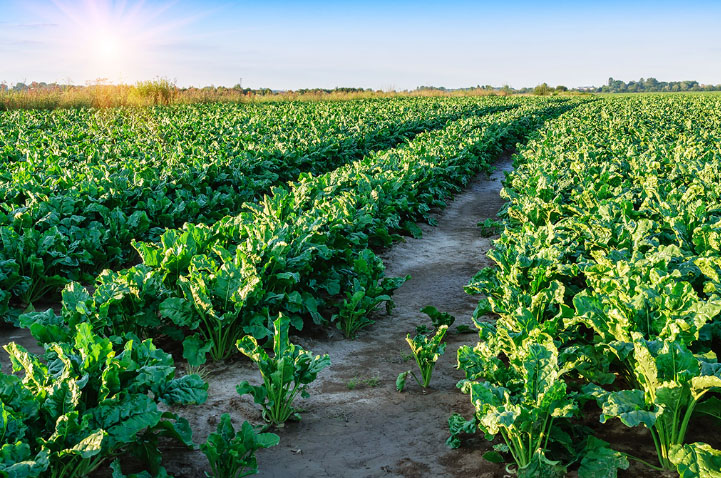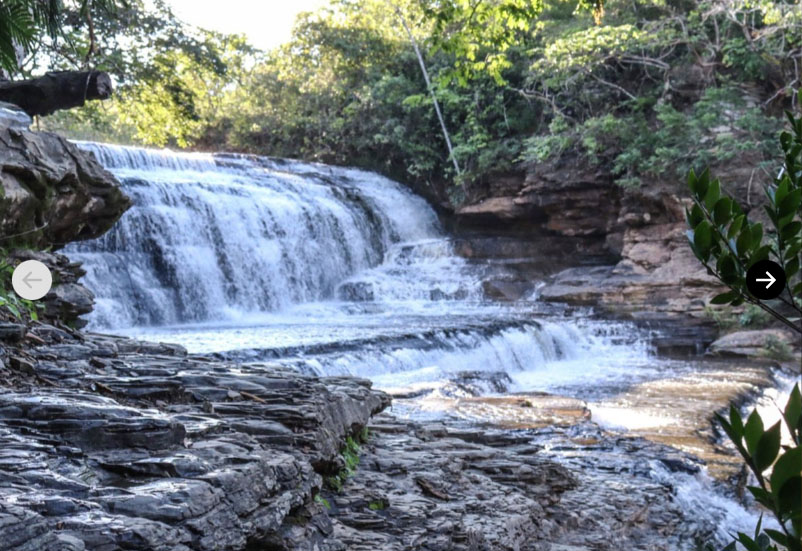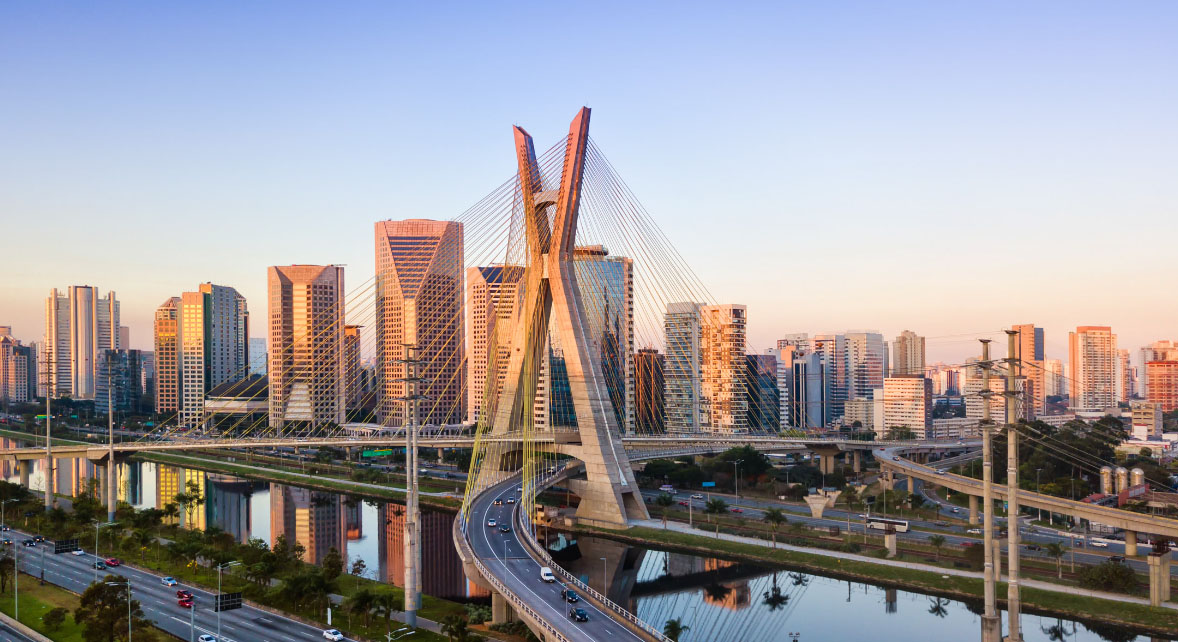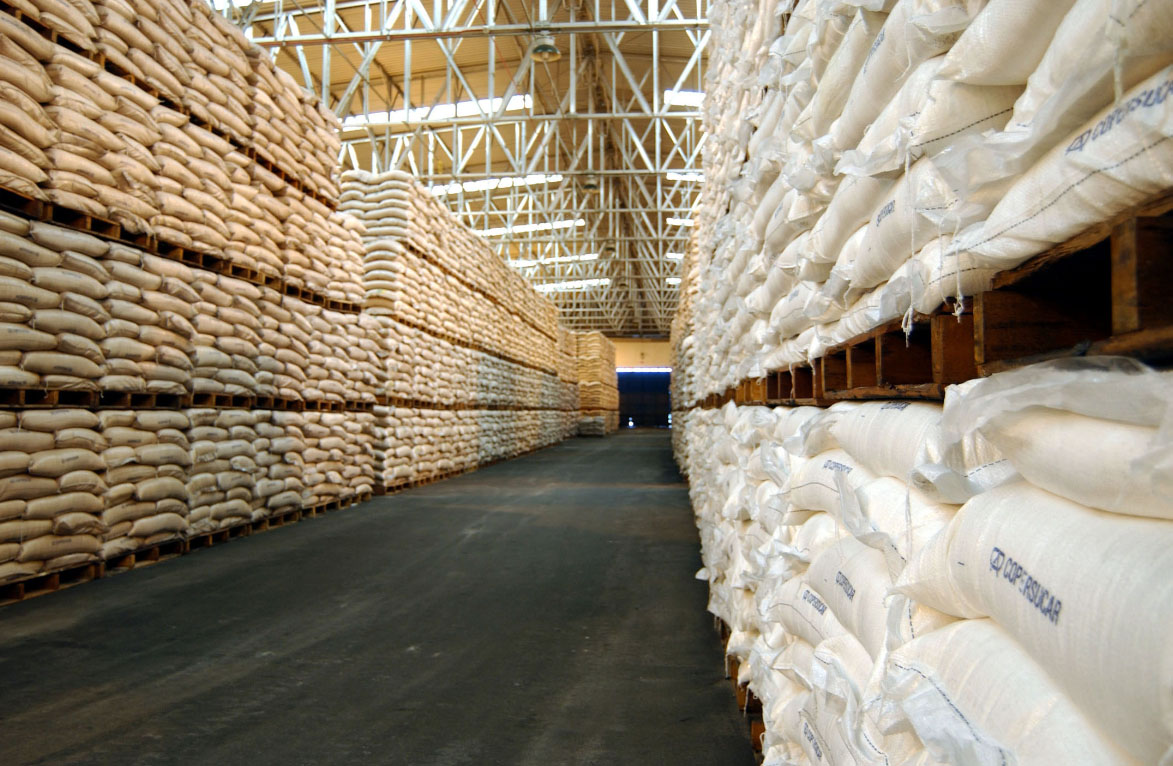Brazil,
with its vast and fertile landscapes, is a country blessed with an abundant
source of natural sweetness – the sugar crop. Fields of towering sugarcane
plants dominate the countryside, bearing witness to Brazil’s long and storied
history of sugarcane cultivation. In this blog post, we’ll journey into the
heart of Brazil’s sugar crop, unraveling the historical roots, the art of
cultivation, and the crucial role sugarcane plays in Brazil’s sweet success.
A Legacy
Rooted in History
Colonial
Beginnings: The story of sugarcane in Brazil dates back to the early 16th
century when Portuguese colonists first introduced the crop to the nation. This
marked the inception of sugarcane cultivation in Brazil.
Slavery and
Sugar: The sugarcane industry played a pivotal role in the history of Brazil’s
colonial period. Enslaved Africans were brought to the country to work on
sugarcane plantations, shaping the nation’s history and culture.
The Art of
Sugarcane Cultivation
Lush
Plantations: The sugarcane plantations in Brazil are vast and expansive. They
stretch across hundreds of thousands of acres, creating a breathtaking
landscape.
Modern
Farming Techniques: Sugarcane cultivation in Brazil has evolved with modern
technology and techniques. Precision agriculture, efficient machinery, and
sustainable practices are now integral to sugarcane farming.
Sugarcane
Varieties: Brazil cultivates various sugarcane varieties, each with its unique
characteristics. These varieties are selected based on the specific needs of
the region and the intended use of the sugarcane.
Sugarcane
as a Key Player
Economic
Impact: Sugarcane is a significant contributor to Brazil’s economy. The crop
provides employment, export opportunities, and income, supporting countless
livelihoods.
Versatile
Uses: Sugarcane is not just about sugar production. It plays a vital role in
Brazil’s ethanol industry, contributing to renewable energy and reducing the
country’s reliance on fossil fuels.
Challenges
and Sustainability
Environmental
Impact: Sugarcane farming can have environmental consequences, including
deforestation and biodiversity loss. Brazil is working to find a balance
between agricultural expansion and conservation.
Sustainability
Initiatives: Many sugarcane producers in Brazil are adopting sustainable
farming practices. Responsible land use, reduced water consumption, and efforts
to preserve biodiversity are all part of this movement.
Conclusion
The sugar
crop in Brazil is more than just a crop; it’s a symbol of the nation’s history,
culture, and economic strength. From its colonial beginnings to modern
sustainable practices, sugarcane is deeply intertwined with Brazil’s identity.
As the world increasingly focuses on renewable energy and sustainability, Brazil’s
sugarcane fields are poised to play a pivotal role in a sustainable and sweet
future.

